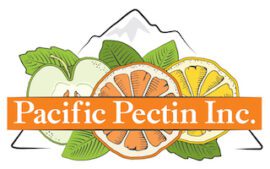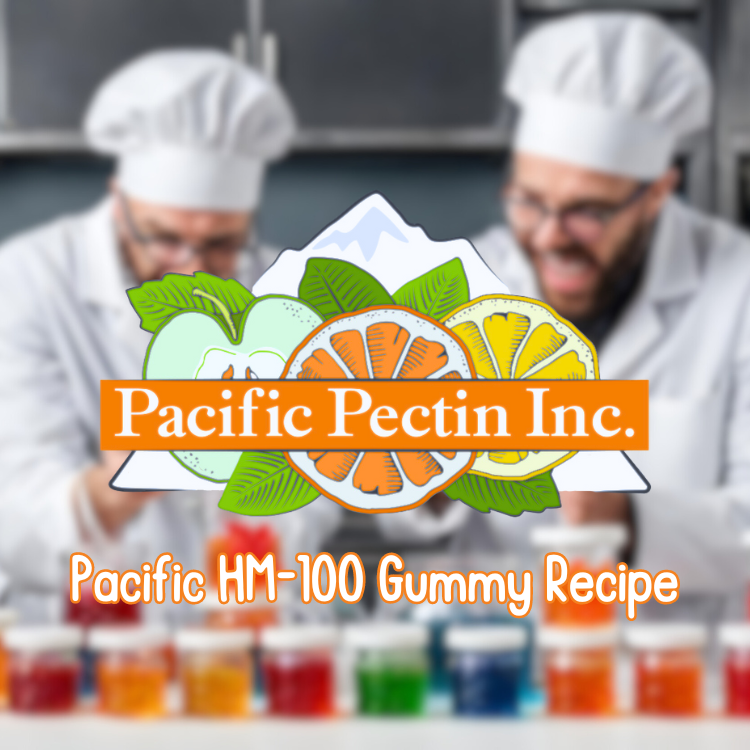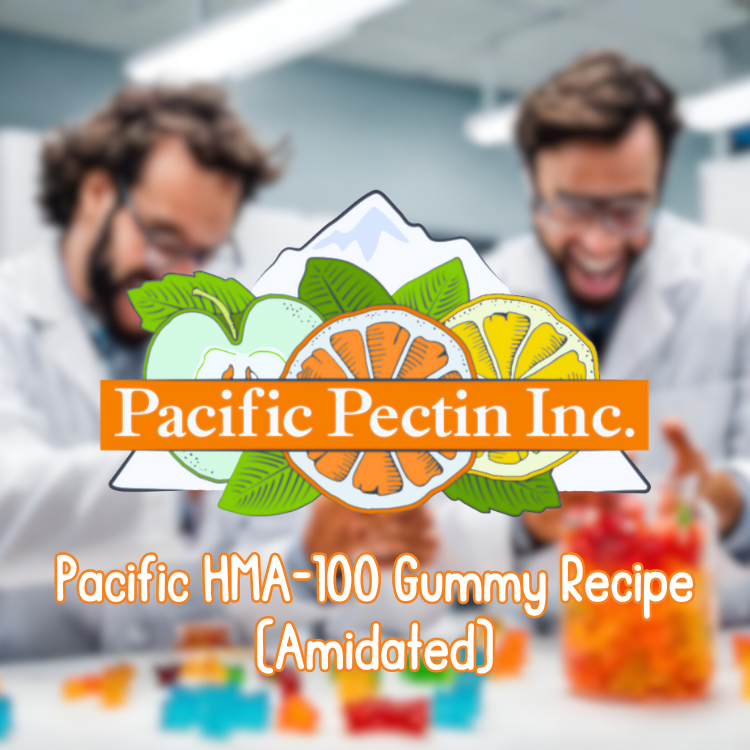Crafting gummies is indeed a form of art, blending science and creativity to achieve that perfect bite. As we embark on your gummy journey, remember, precision is your best friend! Following the recipes provided below “to a T” is crucial for gummy-making success. Straying from the given instructions could mean the difference between delightfully chewy treats and a less-than-perfect batch.
An essential part of mastering this craft is paying close attention to your pH and Brix levels. These two indicators are like the compass and map of gummy making; they guide you through the process and help identify any necessary adjustments that may need to be made. By keeping an eye on these measurements with a refractometer (brix) and pH meter, you’ll be better equipped to navigate the intricacies of creating the ideal gummy texture and flavor.
So, let’s dive into the recipes with the understanding that precision and attention to detail are not just recommendations, but the keys to unlocking the art of perfect gummy creation.

Making Your Own Gummies
A typical batch starting point is…
- 46.6% (1675 grams) Sugar
- 24% (870 grams) Water
- 25% (908 grams) Corn Syrup
- 4% (134 Grams) Pacific HM-100 Gummy Pectin (Our go-to, user-friendly gummy pectin)
- .4% (12.5 grams) Citric Acid
NOTE: The numbers in parentheses represent an exact amount to follow for small-scale test batches!
Beginning with a 4% usage of HM-100 pectin is a solid starting point. If you’re aiming for a firmer texture, consider increasing the pectin to 5%, but be mindful to adjust the citric acid accordingly to maintain the desired final pH level.
Using 24% water is recommended to ensure your pectin hydrates within a safe Brix range, ideally not surpassing 30% Brix. Should you decide to use less water, vigilance is required to keep the hydration Brix in check.
Incorporating corn or tapioca syrup is essential, as it not only enhances the firmness of your gummy but also contributes to its shelf stability. It’s important not to reduce syrup content below 20%. Should you wish for a firmer gummy, increasing the syrup will achieve this, though it will also make the cooking solution more viscous.
Sugar, constituting 51.45% of your recipe, is adjustable based on modifications to other ingredients. For instance, upping the pectin to 5% means you’ll need to decrease sugar to 50.45%. It’s worth noting that alternative sweeteners like dextrose, maltitol, allulose, and polydextrose can also serve as your sugar source, offering flexibility in crafting your gummy’s flavor profile and nutritional content.
Adjusting the citric acid in your gummy recipe is key to achieving the perfect final pH of 3.4. It’s a delicate dance as decreasing the amount of citric acid will lead to a higher pH, while increasing it will lower the pH. It’s important to keep in mind that introducing additional ingredients, especially certain vitamins and minerals, can impact your pH. Therefore, be prepared to tweak the citric acid content to compensate for these changes and maintain that ideal pH balance. This nuanced adjustment ensures your gummies not only taste great but also have the perfect texture and consistency.




